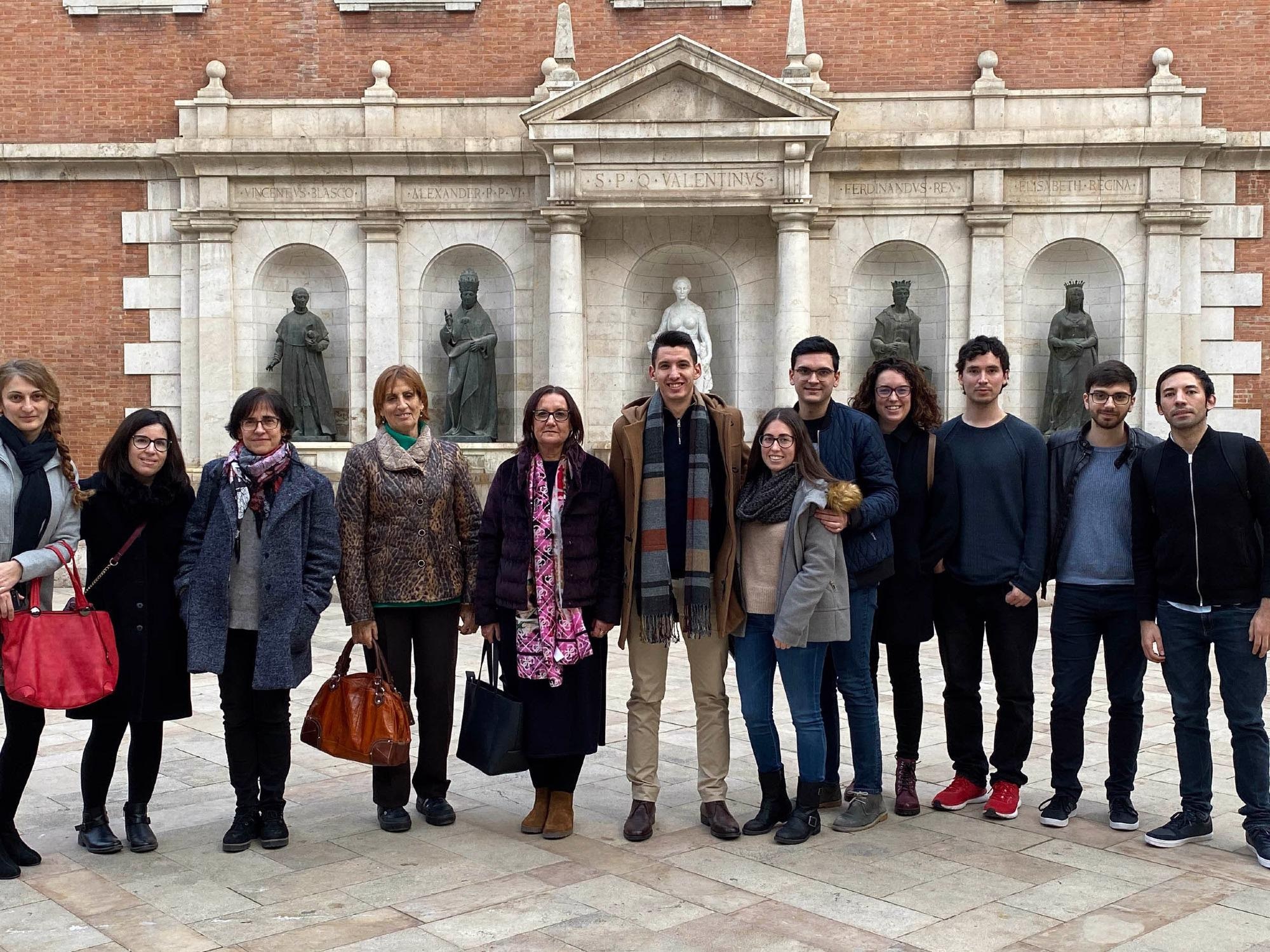May 31 2021
Scientists from the MINTOTA research group at the University of Valencia, the DREMAP group at the Polytechnic University of Valencia, and the University of Genoa have patented a new technique to eliminate the nitrate residue from the water cycle with the help of rice straw.

Image Credit: RUVID.
The research was led by Pilar Campins, professor of Analytical Chemistry at the University of Valencia. Active silica is extracted through the controlled incineration of rice straw, which when altered can absorb 30%–98% of the nitrates present in water.
This technique, and this patent, forms the basis of the European project accountable for decreasing nitrates in the extensive water cycle: Libernitrate Life, concentrated on reducing the impact of chemical fertilizers on groundwater.
Fertilizer use has grown from 14 million tons in 1954 to 200 million tons in 2018 so, as per the European Environment Agency, 87% of groundwater includes higher nitrate content.
The condition is more disturbing in intensive farming and cattle-raising regions since the nitrate level of groundwater can increase up to seven times the legal limit. Such contaminated waters activate processes that are detrimental to the environment like acidification, eutrophication, or the discharge of nitrogen oxides.
Since the existing efforts are not very effective, the LIFE LIBERNITRATE project is looking forward to using the patented system to decrease the concentration of nitrates in the integral water cycle in Europe.
Meanwhile, it is a novel, sustainable and inexpensive system that is easy to implement. The patent belongs 33% to the University of Genoa, 33% to the University of Valencia, and 34% to the Polytechnic University of Valencia.
The system functions with the help of two prototypes — one in charge of incinerating the rice straw and acquiring the silica and another in charge of executing the active silica beds. Such beds must be placed in the water collector (underground), the wastewater of an osmosis plant, and then in the water of the wells for consumption of humans in small towns.
The LIFE LIBERNITRATE project has been included in the financial support provided by the European Union in the LIFE financing program. It is a European initiative to encourage projects for nature, climate and the environment.